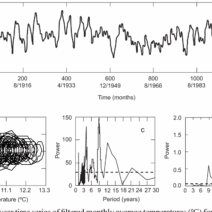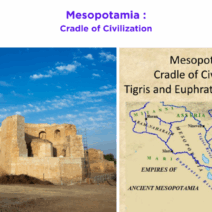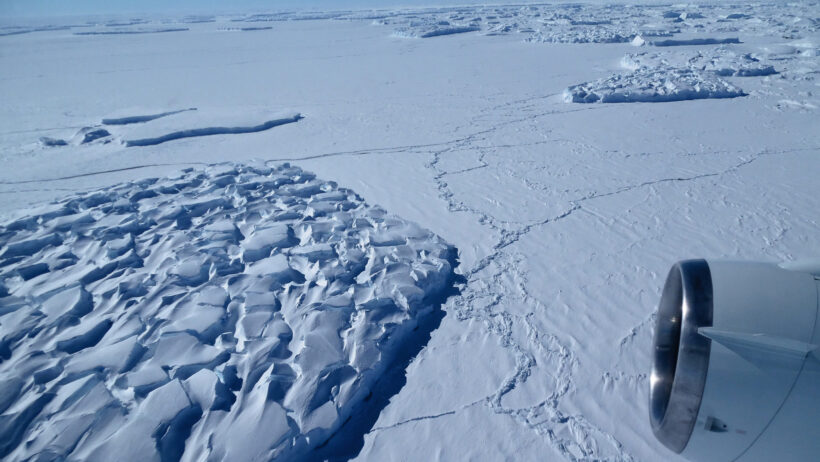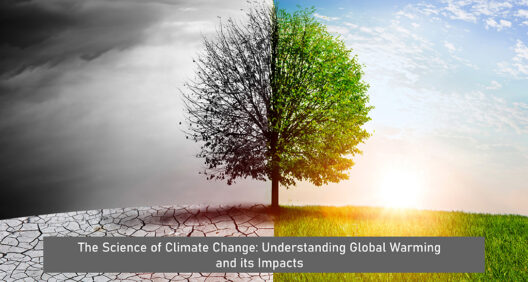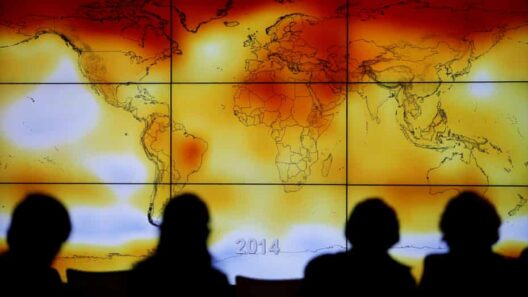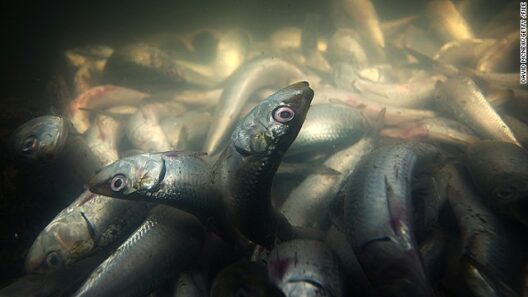The Arctic region, often described as the Earth’s refrigerator, plays a crucial role in the global climate system. A delicate balance exists between the ice-covered expanses of the Arctic Ocean and the connected ecosystems that thrive in its cold embrace. However, this balance is increasingly disrupted by climate change, as rising temperatures accelerate the melting of polar ice. The implications of this phenomenon extend far beyond the region itself, revealing intricate connections that affect global weather patterns, sea levels, and biodiversity. As the Arctic ice diminishes, it serves as an alarming harbinger of more extensive climatic upheaval that is encroaching upon us.
To comprehend the gravity of the situation, it is essential to grasp the mechanics of Arctic ice melt. The Arctic comprises two primary types of ice: seasonal sea ice that forms and melts annually and the vast, towering ice sheets of Greenland. The latter possesses a significant volume of freshwater, which is critical for maintaining sea level stability. The alarming rate at which both types of ice are vanishing reveals escalating temperatures and shifts in natural phenomena. Satellite imagery and historical data indicate that Arctic sea ice extent has plummeted by about 40% since the late 1970s. This stark decline is a testament to the unforgiving grip of climate change.
Understanding the factors contributing to the accelerated melting of Arctic ice necessitates an examination of global warming itself. Greenhouse gases, primarily emanating from anthropogenic sources such as fossil fuel combustion, trap heat in the Earth’s atmosphere. As global temperatures ascend, the Arctic warms at a rate significantly faster than the global average — approximately twice as quickly, which scientists refer to as Arctic amplification. This phenomenon is largely attributed to feedback loops where melting ice reveals darker ocean waters that absorb more sunlight, further igniting the melting process. The consequences reverberate through delineated ecosystems, alerting us to the fragile state of our planet.
Moreover, the ramifications of melting Arctic ice extend into the geopolitical realm. The retreating ice opens up new shipping routes, such as the Northern Sea Route, creating economic incentives for resource extraction in previously inaccessible regions. Nations are vying for control over these routes and potential reserves of oil and natural gas, emphasizing the urgency to balance economic interests with environmental conservation. This rush to exploit the Arctic raises ethical quandaries and highlights the necessity for collective action aimed at safeguarding this vulnerable region against the destructive forces of climate change.
The thinning ice does not merely symbolize environmental degradation; it also threatens indigenous communities that have inhabited these lands for millennia. The Inuit, Saami, and other indigenous groups rely on the ice for sustenance and cultural identity. As the ice melts and migratory patterns of marine animals shift, their traditional hunting and fishing practices are jeopardized, resulting in profound socio-economic disparities and a loss of cultural heritage. The world must recognize the human dimension of climate change, amplifying the voices of those who are experiencing its harshest impacts.
Furthermore, the melting of Arctic ice has far-reaching implications for global sea levels. As Greenland’s ice sheet continues to disintegrate, it contributes to rising ocean levels with potentially catastrophic consequences for coastal cities around the world. Projections indicate that, if current trends persist, sea levels could rise by several feet within this century. This reality demands serious consideration from policymakers and urban planners alike. Coastal defenses, climate resilience planning, and sustainable infrastructure are no longer optional but imperative if humanity is to adapt to these changes.
Amidst this daunting panorama, a fundamental shift in perspective is required. The Arctic serves as a poignant and urgent reminder of our interconnectedness with nature. It beckons individuals, communities, and nations to reevaluate our relationship with the environment. Embracing sustainability and advocating for policies that mitigate greenhouse gas emissions is paramount. Transitioning to renewable energy sources, enhancing energy efficiency, and promoting conservation initiatives are crucial steps we must collectively undertake to ensure a livable planet for future generations.
Moreover, education plays a vital role in fostering awareness about the impacts of climate change. By integrating climate science into curricula and community programs, we can inspire a new generation of environmental stewards equipped to challenge the status quo. This knowledge not only empowers individuals to take action but also builds a broader movement for environmental justice and action against climate change, ensuring that the voices of the most affected populations are heard and valued.
In conclusion, the melting ice of the Arctic is not merely an environmental issue; it is a clarion call to humanity. It encapsulates the complex interplay between climate change, biodiversity, and socio-economic stability. The Arctic’s alarm serves as a passionate plea for consciousness and action, demanding that we come together to safeguard our planet. The time for decisive action is now. The fate of the Arctic mirrors our own; as its ice diminishes, so too does our window of opportunity to enact meaningful change. A paradigm shift in how we perceive and interact with our environment is not merely necessary; it is essential for the survival of the intricate web of life that sustains us all.

